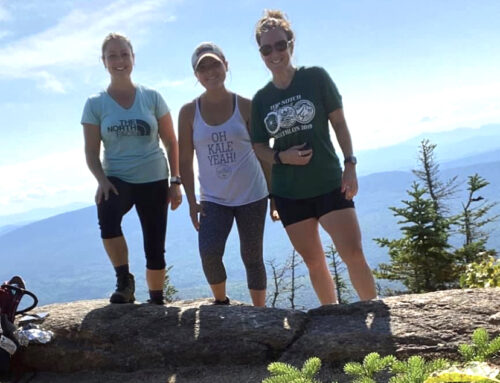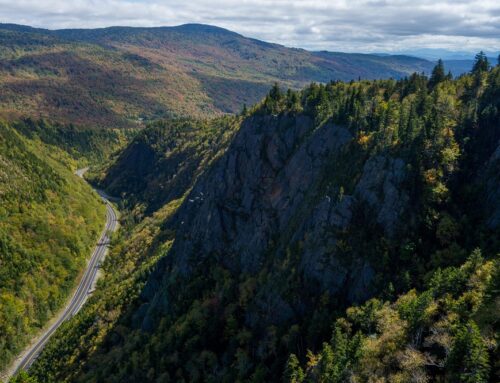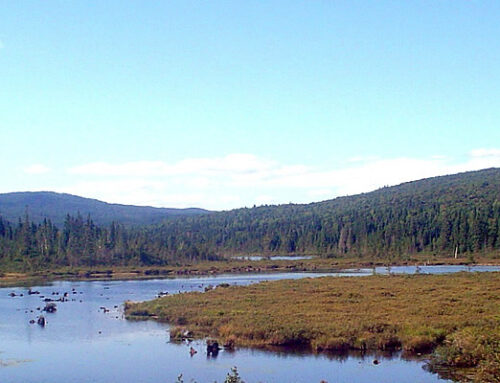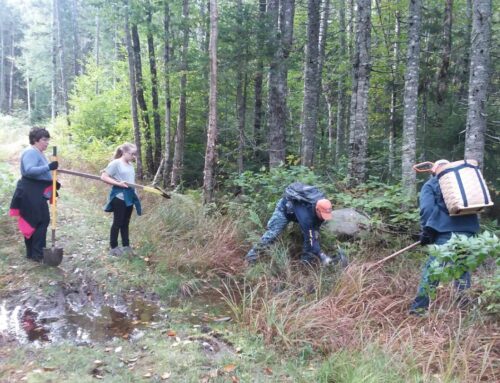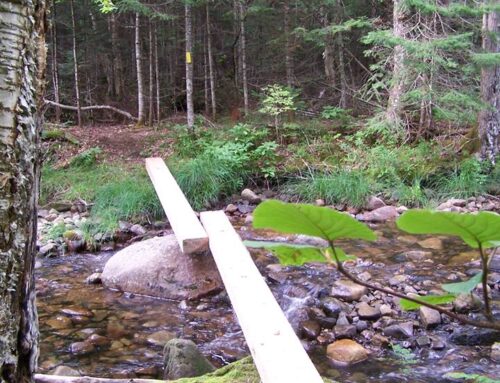By Ken Vallery
“Sign, sign, everywhere a sign.” Sung in the 70’s by the Five-Man Electrical Band, it became an anthem signifying a culture-call for freedom during an era a few of us still remember. Currently, we are living in a viral-pandemic kind of world and signs are abundant, just signs of a different kind. Signs that tell us to wear a face mask, keep our distance, wash our hands, and more.
As hikers keep socially distant, they look for pathways further from the crowds, making our northern New Hampshire trails more attractive and popular. The Cohos Trail Association (TCTA) has seen growing interest and use across its trail system over the last five years. During that same time, we’ve seen increased damage to trail infrastructure, violations of trail and shelter rules, and just poor trail etiquette. Have you wondered why someone might damage a shelter? Illegally camp in a private building? Steal a trail sign? Litter along the trail? Or, build a campfire in a no-campfire zone? Those same questions plague TCTA board members and trail adopters each year. We struggle for answers too. Do we put up more signs? Make more rules? Can we educate hikers better?
Respecting the rights and rules of landowners is vital to the longevity of a thru-hiking trail. Minimizing bad hiker behaviors is one of the more challenging aspects of managing that important relationship. The Cohos Trail Association owns no land, and unlike the Appalachian Trail, it is not a federally protected footpath. Our 170-mile trail is a mix of federal, state, and privately held property. It took years of negotiations with landowners and state agencies to locate every mile of the trail from Stark to Canada. The southern section of trail is predominantly on Federal lands and came with existing uses, making it easier to piggyback on those miles. Locating, acquiring approval, and building our shelters, campsites and trails was the bulk of our work during the first 15 years of our association’s history. How do we successfully educate new hikers on the Cohos Trail about the special relationship we have with our landowners and the rules we must follow to keep the privilege of crossing their land intact? As a Cohos Trail supporter you can help us by obeying the rules yourself and educating others whenever there is an opportunity.
Recently, a neighboring non-profit, Kingdom Trails in Vermont, which built and manages a world-class mountain biking system, experienced a major setback. For many reasons, much of it related to bad mountain-biker behavior, private landowners pulled back land use permissions, taking away 10% of the trails and splitting the trail system in half. The loss of even one mile on the Mighty Cohos Trail could put the entire route in jeopardy.
Several years ago, I had the unfortunate job of apologizing to a private landowner on behalf of hikers who were yelling obscenities at his employees while standing dangerously close to active logging equipment on a closed trail. Were there signs indicating the trail was closed? Yes. Fortunately, this landowner lets Cohos Trail hikers pass through their land still. Next time? Don’t let what happened to Kingdom Trails, happen here.
User education is important. TCTA does its best to provide hikers with the information they need to obey the rules at our shelters and along the trail. Our trails change often as we hike through working forests. We regularly post on Facebook when trails close and update our website. Get connected with these resources and stay informed. More importantly, obey the rules and spread the word to others. It’s a privilege to hike the Cohos Trail.
If you’re new to the trail, be sure to get a copy of the Cohos Trail Guidebook and review the section on land use rules along all sections of the trail. And as that 70’s classic song says, “Do this, don’t do that, can’t you read the sign?”
